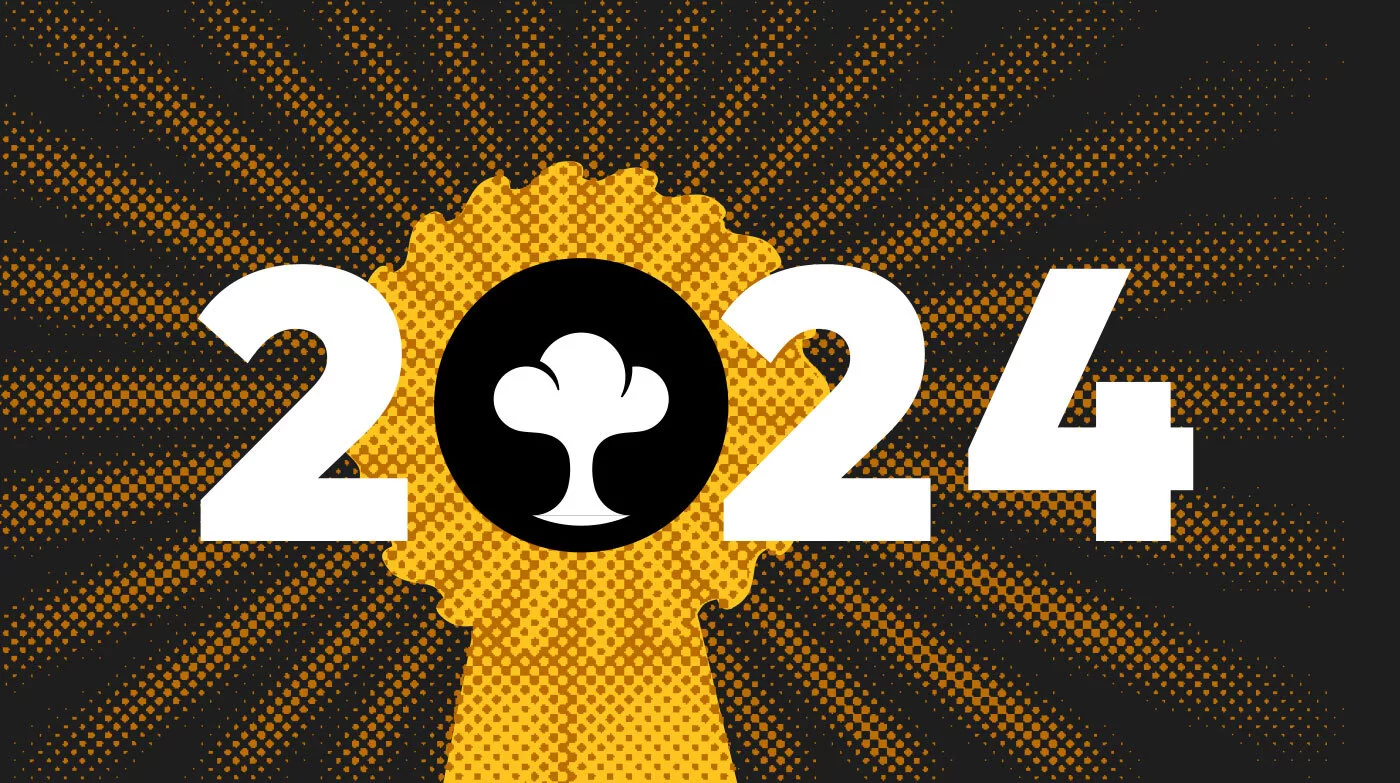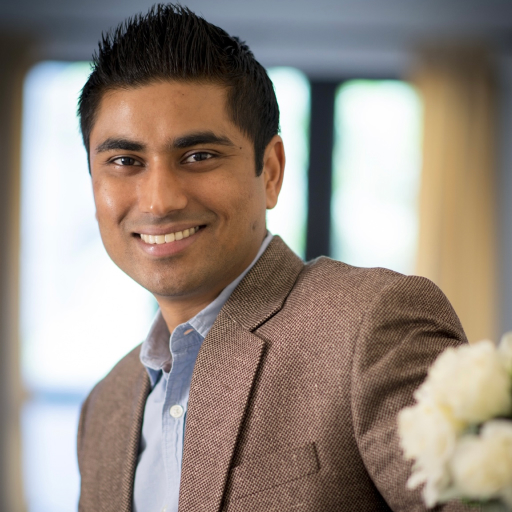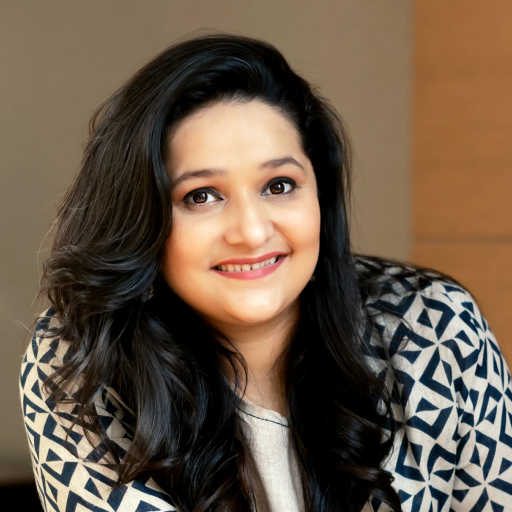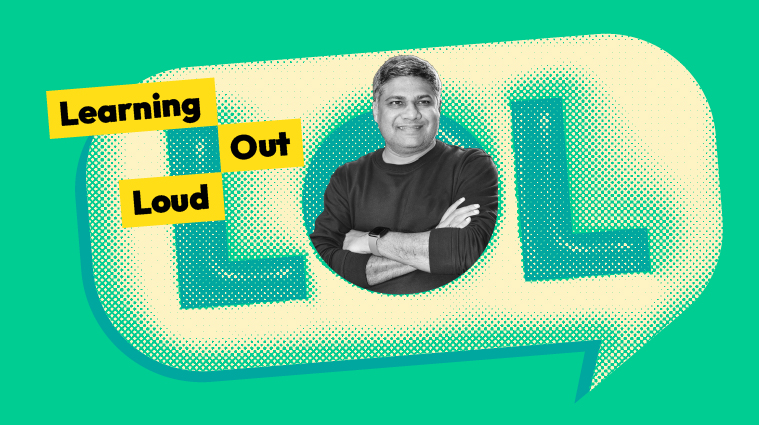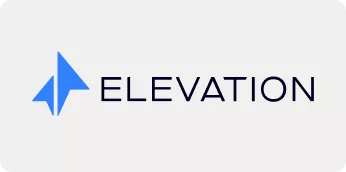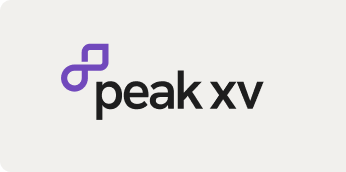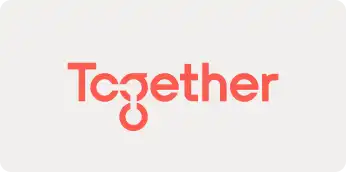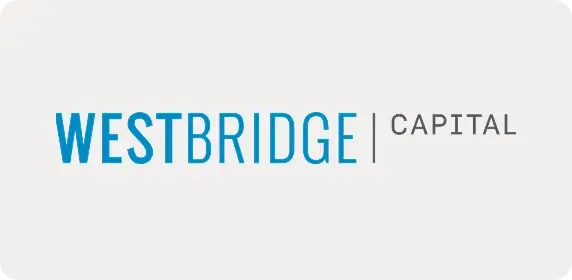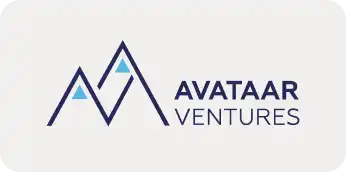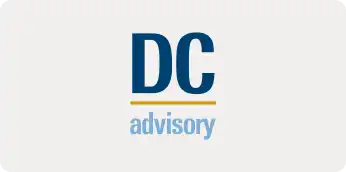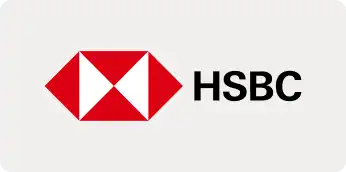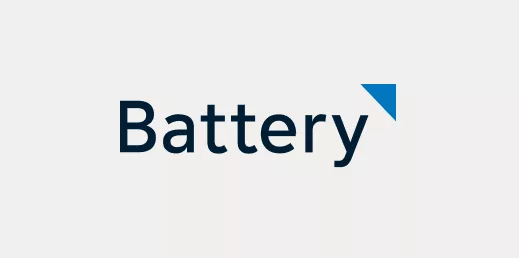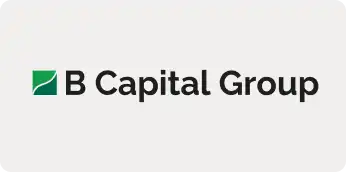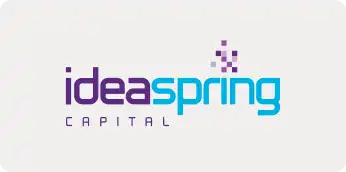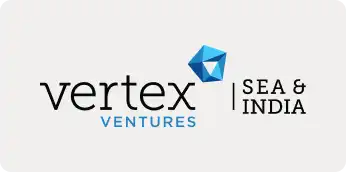Nobody tells their children stories about steady, predictable progress. We tell them about moments of disruption.
The ITC Grand Chola ballroom in Chennai holds memories of transformation. On that electric night of the SaaSBoomi Awards 2025, something profound stirred among the gathered crowd—a collective recognition of arrival, of a threshold crossed.
Founders walked with quiet confidence, carrying stories not of defiance against odds but of creation by design. The atmosphere hummed with the energy of something historic unfolding—Indian technology finding its authentic voice.
Many of us are privy to first-hand accounts of our grandparents about India’s independence movement—how a psychological shift preceded the political one. First came self-belief, then came freedom. What we witnessed at SaaSBoomi felt spiritually connected to that legacy.
Architects of New Realities
Invideo stood tall as AI Startup of the Year, having achieved tenfold growth within twelve months. This represents far beyond expansion—it embodies an entirely new approach to innovation in a landscape typically dominated by incremental improvement.

During a quiet conversation at the event’s edge, Sanket Shah revealed the essence of their journey: “Everyone told us we were crazy to enter this space, but creators kept voicing the same frustrations. Existing tools missed what they truly needed.”
Their team discovered breakthroughs by solving pain points hiding in industry blind spots. They succeeded by writing their own rules for a game they themselves invented, revealing a counterintuitive truth: outsized success rarely emerges from head-on competition with established giants. It comes from identifying overlooked problems and solving them with absolute clarity of purpose.
The true genius of Invideo lies in their ability to see opportunity where others perceived saturation. The creator economy had exploded, with millions seeking tools to express themselves through video. Established platforms offered standardized solutions based on what they believed creators wanted. Sanket and his team approached the problem differently—they obsessively observed how creators actually worked, identified friction points in their workflows, and built solutions around eliminating those specific frustrations.
This anthropological approach to product development—watching users struggle, identifying patterns in their difficulties, and solving those precise pain points—allowed them to build something that felt magical to users. Their exponential growth came not from superior marketing but from creators evangelizing a tool that finally understood their actual needs rather than their presumed ones.
Their growth-first approach across all distribution channels set them apart in a highly commoditized space. Rather than focusing on a single acquisition channel, Invideo deployed a multi-pronged strategy that created consistent brand visibility wherever creators gathered online. What’s particularly remarkable is how they established a distinct brand voice in a space where differentiation is notoriously difficult. Where competitors focused solely on features, Invideo cultivated a community with unique perspectives on the creative process itself, becoming part of the creator’s identity rather than just another tool in their arsenal.
Sometimes the best opportunities hide in plain sight, visible only to those willing to listen deeply enough.
The Art of Connection
Lucidity earned DevTools Startup of the Year by recognizing how spaces between established systems create extraordinary opportunities. Their auto-scaling technology seamlessly bridges AWS, Azure, and Google Cloud.
The founders brought decades of experience from tech giants, transforming daily inefficiencies into obsession, and then opportunity. As one founder expressed with elegant simplicity: “We decided to build a bridge once, rather than swimming across the river every day.”
Their pricing approach moves beyond theoretical LinkedIn debates about outcome-based models. They implement in practice what others merely discuss. The distance between conversation and execution creates the space where value flourishes—the gap where most potential remains unrealized but where Lucidity finds its purpose.
The technical achievement alone warrants respect—building auto-scaling infrastructure that works equally well across competing cloud platforms requires solving hundreds of edge cases and reconciling fundamentally different architectural philosophies. But the deeper innovation lies in their business model. By charging customers based on terabytes of data consumed, they employ a consumption-based pricing model remaining committed to delivering measurable returns on investment by providing objective cost savings.
Despite having only a 1.5-year GTM quarter, they have consistently secured top-tier US Enterprise customers, with several deals exceeding $100K ARR. Rather than targeting the traditional India or US Mid Market/SMB segments, they successfully cracked the US Enterprise market early on, showcasing their capability to deliver significant value from the start.
Their success represents India’s readiness to solve fundamentally hard technical problems, moving beyond business model innovations in SaaS. Where earlier generations of Indian SaaS companies often adapted existing technologies to new markets or segments, Lucidity tackled core infrastructure challenges that require deep expertise. This signals an important evolution in India’s technological maturity—from service delivery and business model innovation to advancing the very foundations of computing itself.
Ideas are common. Implementation is rare. Bridging that divide is where magic happens.
The Power of Patient Innovation
Presentations.AI earned Breakout Startup of the Year through remarkable conviction—a decade of developing their product before securing a single user. Three years later, they’ve achieved $5 million in ARR with 6 million users worldwide, and Zero CAC.
Their insight emerged from fundamentals: visual communication remains broken despite decades of attempted solutions. Their team reimagined the relationship between content, context, and audience engagement from first principles, building patiently while quarterly-driven innovations came and went.
What distinguishes Presentations.AI lies beyond their technological approach—it emanates from their thorough understanding of user behavior. They optimized rigorously for time-to-value rather than time-to-signup, recognizing that immediate utility creates stronger adoption than frictionless onboarding followed by complexity.
They made their product their marketing. By architecting specifically for search discoverability rather than paid acquisition, they embedded growth into their fundamental design. This approach requires deep knowledge of search behaviors and ranking factors—turning SEO from a marketing tactic into a product development strategy.
Perhaps most innovatively, they created language-market fit rather than merely product-market fit. By adapting their product’s terminology, metaphors, and workflows to match exactly how users themselves described their problems in different regions, they achieved resonance impossible through conventional approaches. They knew their customers and their behaviors with anthropological precision.
The standing ovation they received spoke volumes—an ecosystem acknowledging a journey worthy of profound respect. Few in the audience knew that Pallav—my co-author and a long-time jury member—had recused himself from this category’s deliberations months earlier, stepping away from the entire selection process to preserve the integrity central to these awards.
Extreme patience in development followed by relentless efficiency in growth- That’s your entire competitive advantage.
The Discipline of Focus
Whatfix, Scale Up Startup of the Year, spent ten years methodically defining the Digital Adoption Platform category through disciplined execution. Their recognition from Forrester, Everest Group, and other analyst firms demonstrates how category leadership compounds over time.
In conversations with founder Khadim Batti, one principle emerges consistently: courage to resist distraction. “The hardest decision,” he once shared, “involves declining good opportunities that would dilute your focus.”
Their deliberate pace—the willingness to forego flashy pivots for steady progress—built both an extraordinary business and a fulfilling founder journey. Each analyst report citing them as a leader makes the next one more likely. Each customer makes the product more valuable for all users—creating a virtuous cycle of compounding advantage that looks unimpressive year-by-year but revolutionary decade-by-decade.
Whatfix exemplifies the power of methodical category creation. Rather than entering an existing space, they systematically built and defined a new one. They cultivated the entire ecosystem necessary for category success—from thought leadership and industry standards to implementation methodologies and ROI frameworks.
Whatfix exemplifies the power of the silent killer approach. They rarely make noise, maintaining hyper-focus on execution while strategically making acquisitions that strengthen their core offering. Their discipline is madly respectable—reminiscent of global category creators —building steadily while others chase headlines. This approach allowed them to develop comprehensive solutions that address the entire user adoption lifecycle, creating defensive moats competitors struggle to overcome.
Slow, steady progress generates less excitement than rapid pivots. But it often builds the most valuable businesses and the most fulfilling founder journeys.
The Bharat Advantage
Built for Bharat Startup of the Year– Keka transformed HR management for Indian businesses through AI solutions precisely calibrated for domestic challenges. With half their multi-million dollar revenue from local markets, they’ve demonstrated how focusing on uniquely Indian problems creates extraordinary value.
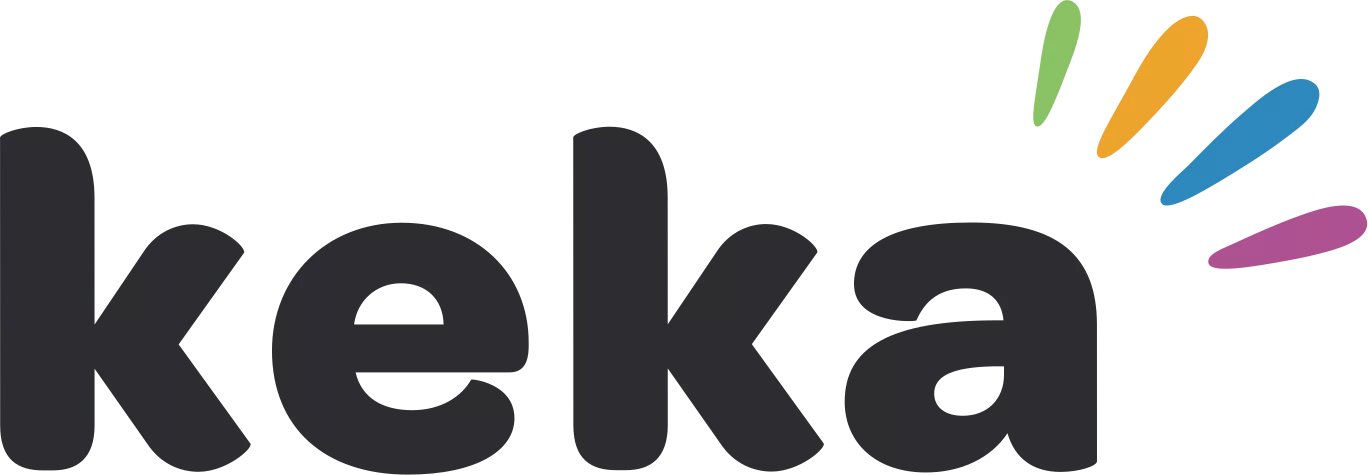
Their execution philosophy stands apart. In a landscape where many pursue global breadth at the expense of local depth, they chose depth—scaling their offerings with ruthless consistency for Indian businesses.
Founder Vijay Yalamanchili began with a vision for Indian SMEs and startups, creating different approaches for different segments. The name “Keka” means “awesome” in Telugu—a small detail revealing a deep cultural connection.
For smaller businesses, they became educators, patiently building awareness of better possibilities. For enterprises, they became consultants fluent in HR optimization, speaking the language of business transformation. Their consistency created an unmistakable impact in a space many considered limited, proving that embracing perceived limitations often reveals hidden advantages.
Keka created defensibility against global competitors who typically treat market variations as exceptions rather than foundations.
What truly separated Keka was creating an exceptional product experience in a category where experience traditionally didn’t drive HR purchase decisions. While most HR tools focused exclusively on functional requirements for decision-makers, Keka recognized that end-user experience would become a critical differentiator. They created one of the rare HR platforms that employees don’t complain about using—and this positive sentiment bubbled up to decision-makers, creating powerful organic growth through word-of-mouth. Their approach transformed user experience from a nice-to-have into a central value proposition in enterprise HR solutions.
Your biggest disadvantage often becomes your greatest strength—if you have the courage to embrace it.
Expanding Possibility
Capillary Technologies, crowned SaaS Startup of the Year, matters both for what they’ve built and for the narrative they’ve established. Their evolution from struggling startup to powering loyalty management for 250+ brands across 30 countries redefines achievement expectations from India.

Aneesh Reddy navigated existential challenges when ambitious global expansion strained resources to breaking point. Rather than retreat to safety, his team adapted, adjusted, and persevered.
They instilled a culture of intelligent risk-taking tempered by financial discipline. Each expansion now follows a rigorous playbook with clear success metrics and contingency planning. This balanced approach allows them to pursue ambitious goals while maintaining operational stability—a model for sustainable growth that many Indian startups now emulate.
Capillary creates that same expanding sense of possibility for Indian SaaS—inspiring the next generation to aim higher, move faster, dream bigger. They’ve altered the psychological landscape for every founder who follows, proving that narrative often drives innovation more powerfully than technology or capital.
Their recent success reveals the power of patience for very long-term goals. Capillary’s current growth trajectory is the direct outcome of seeds planted years ago—strategic decisions made when immediate payoffs seemed distant at best. Their resilience in seeing these long-term bets through created an orbit shift in their target market, enabling them to sell to Fortune 10 companies and establishing themselves in markets previously considered impenetrable for Indian SaaS companies. This demonstrated not just technical excellence but the organizational maturity required to service the most demanding global enterprises.
The most powerful force in business isn’t technology or capital. It’s narrative.
A New Dawn
That evening at SaaSBoomi Awards 2025 signified far beyond individual company achievements. It marked the emergence of a new technological identity—
An identity built on original innovation, deep technical expertise, and global ambition.
The questions have evolved toward timing: “How rapidly will Indian innovation become global standard?”
This shift carries a deep importance. When a nation transitions from adoption to creation, economic and social implications echo for generations.
The companies celebrated that night- forge a future where Indian innovation shapes global markets, where technologies born in Bangalore, Chennai, Delhi, Mumbai—and equally from Jaipur, Nagpur, Aizawl, Kochi—solve universal problems.
This new era of Indian innovation brings distinctive characteristics to global technology. The companies recognized at SaaSBoomi demonstrate unique strengths:
- Patient capital deployment focused on sustainable growth rather than hyper-scaling;
- Multidisciplinary approaches combining technology with domain expertise;
- Business models designed for capital efficiency from inception.
- Ambition to dominate global categories, not just be included in analyst lists;
- Products designed to be world-class from inception rather than “good enough”;
- Teams that think globally from day one, without the traditional step-by-step expansion model.
These attributes emerge directly from the Indian context—where capital constraints historically required efficiency, complex problems demanded diverse thinking, and sustainable growth proved more reliable than boom-bust cycles. What once appeared as limitations have transformed into competitive advantages in global markets increasingly valuing efficient growth and sustainable business models.
The founders celebrated at SaaSBoomi represent a generation shaped by both traditional Indian values and global technological exposure—creating a synthesis of approaches that brings fresh perspectives to universal challenges.
That future materialized on stage that night. And the implications will unfold for decades to come.
About the Authors
Pallav Nadhani is a long-time jury member, organiser for the SaaSBoomi Awards and Founder, ex CEO, FusionCharts / charts.com. Aastha Sharma is co-founder of Veris and host of the SaaSBoomi Awards 2025.

